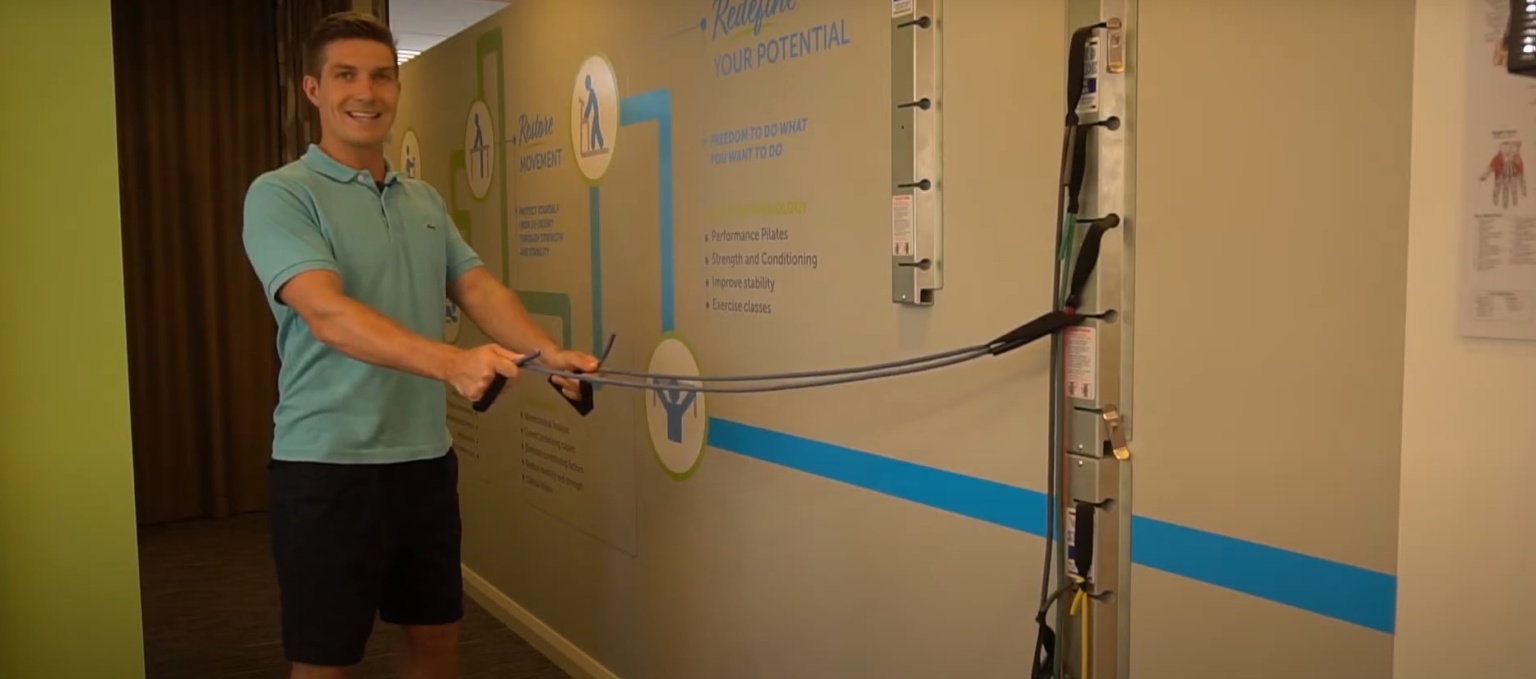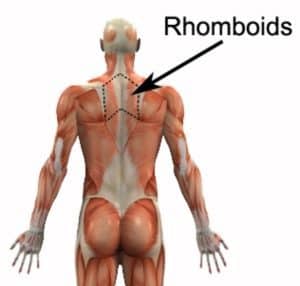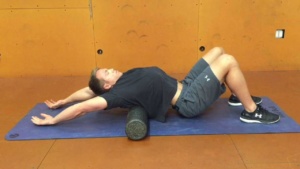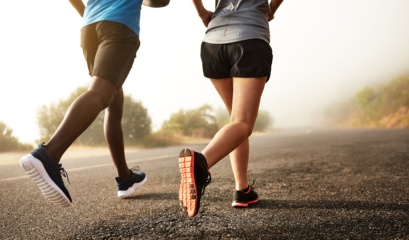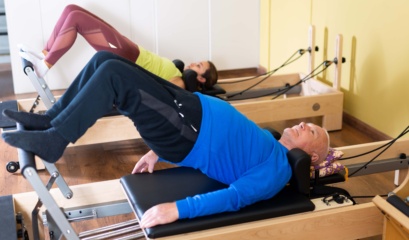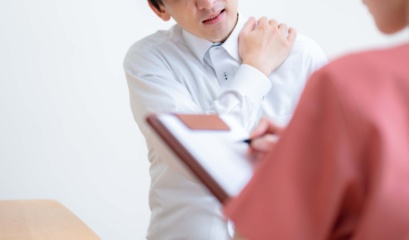I arrived at work the other day to have an email from a past patient of mine, with the opening paragraph saying:
‘I hate my unhealthy-looking posture – is there anything I can do about it?’
Posture, everybody wants to improve it, but not many people actually remember to do anything about it. Before you know it, your 60 years old, you have a rounded back and a lump at the base of your neck – how did that happen you ask yourself?
The good news is, good posture is easy to implement, no matter what your age, with a few simple tips.
Keep reading for my top ten tips to have a more healthy-looking posture.
Tip #1: Use a lumbar roll when sitting
This is by far the simplest, but most effective tool at improving your posture.
It is as easy as placing over the back of your chair, then ensuring when you sit down you push your backside all the way into the back of the chair, and let the lumbar roll sit just above your belt line.
It is important you relax and let the lumbar roll sit gently in the small of your back.
At first it may be slightly uncomfortable, but trust me, you will get used to it quickly and will be soon unable to sit without it.
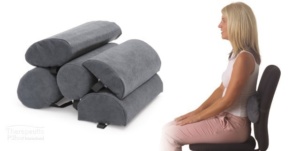
Tip #2: Utilise theraband rows
These are my favourite ‘in-house’ exercise, as they can be performed at work and at home, to ‘reactivate’ your postural muscles after you get tired.
It is as simple as tying the elastic band around a door handle, and then pulling the band towards your stomach, while simultaneously trying to pinch your elbows together behind your back.
Remember – high repetitions are the key as there is only a low level of resistance with the band.
Tip #3: Avoid the ‘text-neck’ position
We are seeing this more and more in the clinic. ‘Text-neck’ is the term we use to identify pain in the neck, as a result of looking down at your mobile for too long.
Catch a train in the morning, and you will notice this everywhere! It is the culprit for a lot of neck dysfunction, and although you may not be suffering from it at the moment, give it a few years and the bad habits will definitely present themselves.
However there is an easy fix, simply elevate the phone up to eye level, and maintain the chin on the horizontal rather than looking down and this will drastically reduce the load on the neck.
Tip #4: Hold your book/ipad/magazine correctly.
As per with the mobile, the same goes with books, magazines and tablets. Elevating them to eye level, whether it be on a desk or in front of you, will significantly improve your posture long term.
Tip #5: ‘Shine your light’
This is another simple, yet effective technique to implement while you are sitting and standing. Imagine there is a light coming out of the centre of your chest, near your sternum. I want you to pretend you want to shine a light out of this part of your chest and illuminate the path in front of you.
This would be hard if you hard if you had a hunched posture as the light would shine down to the ground!
Tip #6: Lift weights!
Probably the most effective technique long term to maintain a good healthy posture is to ensure you are lifting weights on a regular basis. But wait! Before you run off to pick up the dumbbells, there is a specific area you should be targeting. Your upper back muscles, particularly your rhomboids, play a pivotal role in a healthy looking posture.
Exercises such as bent-over rows, one-arm dumbbell rows, chin-ups and cable face-pulls should all be incorporated into your weekly postural workout.
Tip #7: Stretch out your chest muscles
One of the main reasons that people develop unhealthy postural habits is because they sit for extended periods, whether it be behind a desk or in front of your t.v. As a result, our chest muscles shorten and over time, this causes a rounding of our upper back.
One of the most effective things you can do to improve your posture, is to stretch your chest muscles out gently everyday.
Some simple chest stretch exercises include:
Always remember to consult your physiotherapist before trying these stretches as if they are done incorrectly can cause shoulder pain.
Tip #8: Use a foam roller
The dreaded foam roller! It can inflict some serious pain on tight muscles, but boy does it feel good afterwards.
The foam roller can be used to improve your posture a number of different ways, but my favourite way is to have the foam roller perpendicular to the mid-thoracic spine (around where the bra-strap would be). Then lay on your back, with your feet touching the ground, knees bent to 90 degrees, backside on the ground, and your upper back slowly extending backwards over the roller.
Try to relax and touch your arms on the ground behind you. Hold for 30 seconds at a time and get up slowly.
Tip #9: Avoid braces
A little bit controversial, however it is as simple as this:
‘the brace might make you feel good while it is on, however you are teaching your own muscles to rely on the brace, therefore, when the brace is not on, you will not have your own postural muscles working hard to keep you upright’.
Therefore, my recommendation is the same as always, short-term use, particularly when you are going through a painful period of back pain is ok, however I definitely advise against long-term use of a postural brace.
Tip #10: Don’t sit for longer than 30 minutes without taking a break.
Nice and simple, keep your sitting time limited to 30 minutes. We know that most muscles lose their capacity to cope with good sitting habits after this amount of time and so you are more likely to contribute to a poor posture if you are pushing through this barrier.
Simple solution if you forget: www.stretchclock.com – set it for 30 mins and it will remind you when to get up and stretch and even give you a few basic stretches to do!.
So that’s it, the definitive guide to improving your posture. Now understandably, trying to implement all ten tips may be hard at first, but if you pick one tip, perform it regularly, it will become a habit, and then you can start to implement the others and before you know it you will be standing and sitting upright and strong and have a more healthy looking posture.
Yours in health
Nick Young
Partner – Benchmark Physiotherapy


